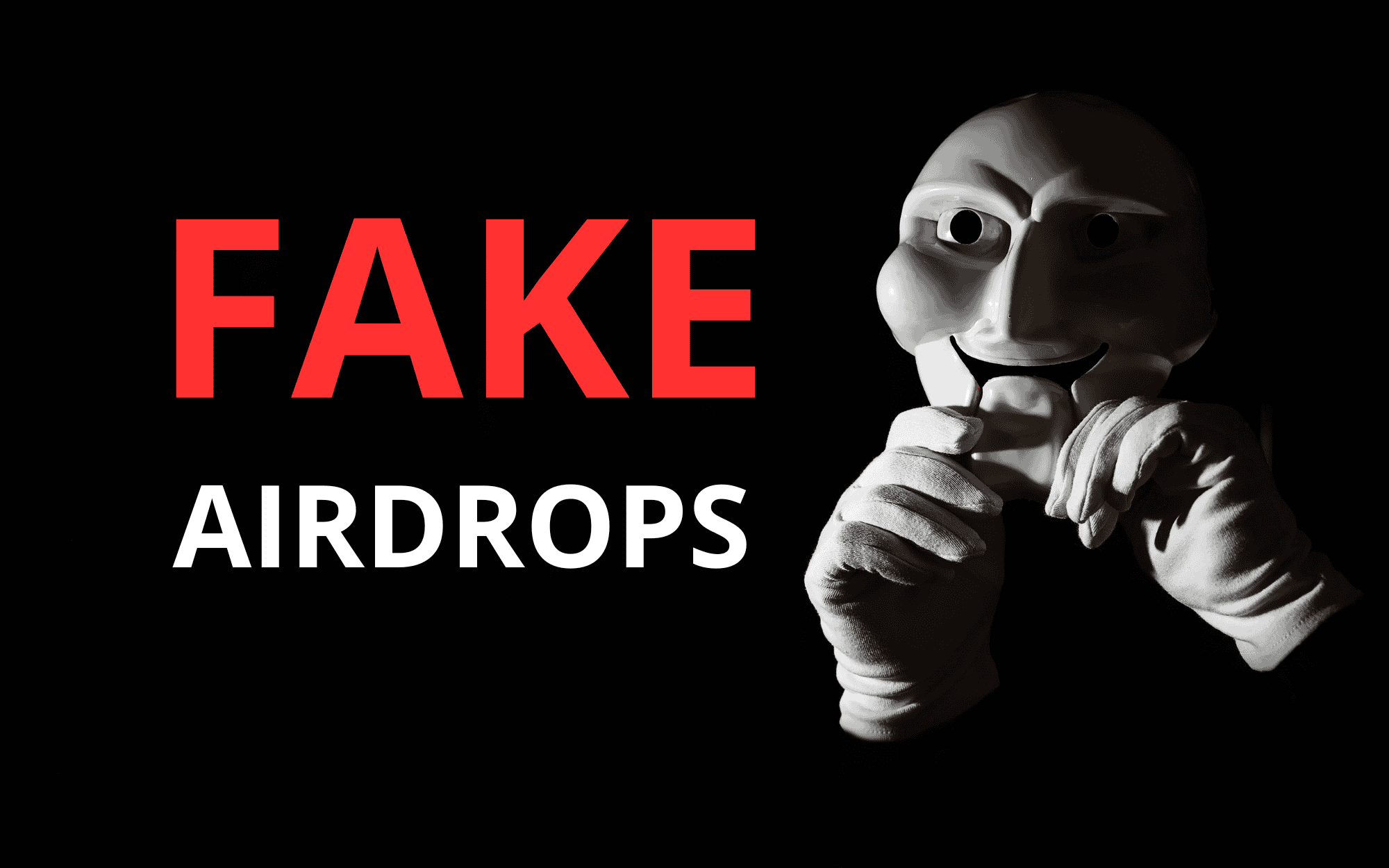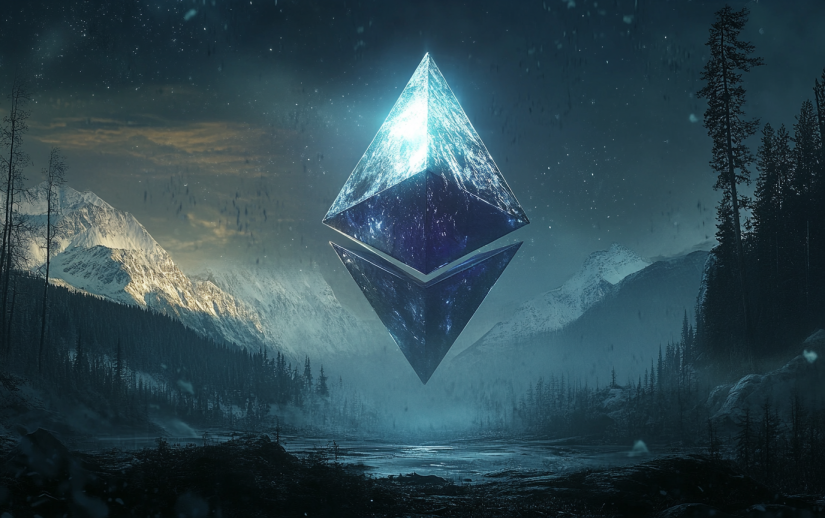Understanding Blockchain Technology
Blockchain technology has revolutionized the way we think about secure data management, transparency, and decentralization across industries. At its core, blockchain is a decentralized digital ledger that securely records, stores, and verifies transactions in a manner that is immutable and transparent. This technology has gained popularity primarily through its association with cryptocurrencies like Bitcoin and non-fungible tokens (NFTs), but its applications extend far beyond these domains into areas such as supply chain management, healthcare, and financial services.
Key Components of Blockchain Technology
Friends, if you’re diving into the world of blockchain, it’s essential to grasp its key components so you can truly appreciate its potential. Here are the core elements that make this technology not just revolutionary, but also incredibly fascinating.
Decentralization
Unlike traditional centralized systems, blockchain operates on a peer-to-peer network where no single entity controls the data. This decentralization enhances security and trust among participants by ensuring that data is not vulnerable to a single point of failure. Think of it like a community where everyone has a say—you can’t easily dismiss the whole lot.
Immutable Ledger
Transactions on a blockchain are recorded in blocks, each linked to the preceding block through a unique cryptographic hash. This linking makes it virtually impossible to alter or delete data without the network’s consensus, ensuring the integrity of the entire chain. Imagine trying to erase a page from a book where each page is cross-referenced with the next!
Consensus Mechanisms
These are protocols that enable nodes on the blockchain to agree on the validity of new transactions. Common mechanisms include Proof of Work (PoW) and Proof of Stake (PoS), which help maintain the network’s trustworthiness and prevent manipulation. It’s like having a committee that checks and balances every decision made in a conversation—everyone must agree before moving forward.
Cryptography
Using public and private keys to secure transactions ensures that only authorized individuals can access their data. A public key acts as an address for receiving transactions, while a private key is used to “sign” transactions, ensuring authenticity and confidentiality. Consider the keys to your home: you don’t want just anyone accessing your space, right?
Smart Contracts
These are self-executing contracts with predetermined rules that automate processes and simplify business interactions by removing the need for intermediaries. It’s like setting up a vending machine that dispenses your favorite snack without waiting for a cashier!
How Blockchain Works
Now that we have a grip on the components, let’s break down the steps of how blockchain works. It’s a process that might sound complex, but it flows quite intuitively:
Transaction Initiation
When a user initiates a transaction, it’s broadcast to a network of nodes. Picture it like sending a message to a group chat—everybody gets the notification!
Verification
Nodes verify the transaction’s validity based on consensus mechanisms. They engage in a friendly debate, ensuring everything checks out before moving on.
Block Creation
Verified transactions are bundled into a block. This new block is like creating a new chapter in a book, containing all the latest updates.
Mining
Miners find a unique hash for the block by solving a complex mathematical puzzle, linking the new block to the existing blockchain. This step is akin to cracking a challenging trivia question where those who answer first get the glory and reward.
Network Update
Once a new block is added, all nodes update their copy of the blockchain to reflect the new transactions. It’s like everyone double-checking their notes after a group study session to ensure they’re all on the same page.
Types of Blockchain
Understanding the different types of blockchains can help you see how versatile this technology really is:
Public Blockchain
Open to anyone, such as Bitcoin and Ethereum. It offers maximum decentralization and transparency but may lack privacy. Anyone can participate, but remember, everyone can see what you’re doing!
Private Blockchain
Controlled by a single entity, often used in businesses for enhanced security and privacy. It’s like a closed club where members enjoy exclusive permission and control.
Consortium Blockchain
This is a mix of public and private elements, offering controlled access while maintaining some decentralization. Imagine a community garden—shared responsibility with some rules to keep it orderly.
Applications and Importance of Blockchain
So, why is blockchain generating so much buzz? Let’s delve into its real-world applications:
Cryptocurrencies
Blockchain technology enables secure, digital currency exchanges without intermediaries like banks. It’s like having a direct bank transfer with your friends, no fees involved!
Supply Chain Management
Blockchain tracks goods movement, ensuring authenticity and ethical sourcing. Ever wondered where that avocado on your toast came from? Well, blockchain can trace its journey!
Healthcare
Blockchain secures medical records and facilitates secure data exchange between institutions. Your medical history could be safe from prying eyes but available when you need treatment—what a game-changer!
Financial Services
This technology enhances security and reduces fraud in transactions by eliminating intermediaries. Picture sending money to your friend with just a few clicks—simple and secure.
Conclusion
To wrap things up, blockchain technology is a powerful tool that transforms how we manage data, conduct transactions, and build trust across networks. By understanding its components and applications, individuals and organizations can harness its potential to innovate and improve processes in various sectors. As blockchain continues to evolve, it promises to deliver more secure, transparent, and efficient solutions that challenge traditional systems and push the boundaries of technological innovation.
If you’ve found this journey through the world of blockchain enlightening, I invite you to explore more topics like this on Crypto 101, check out our Exchange Reviews, stay updated with the latest News, and discover the best Tools and Wallets available. Happy exploring, friends!












